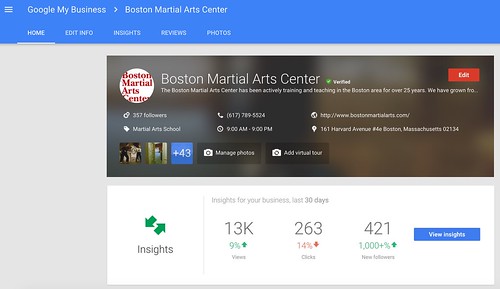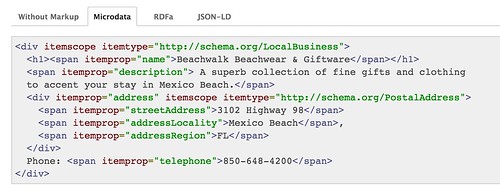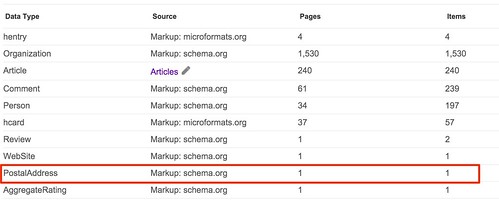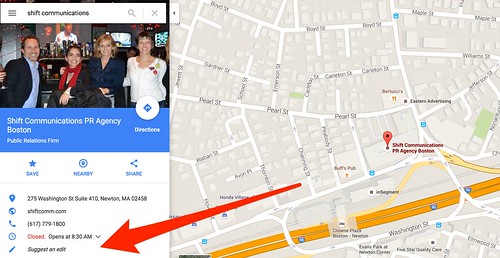Whether you have a retail presence or not, local search engine optimization is good for your business. Why? Big brands with big budgets have won the Internet, by and large. Certainly, there are a fair number of unicorns (startups with billion dollar valuations) but compared to the vast number of total companies, most startups competing for search engine placement against large brands don’t do well at the global level.
This scale advantage can be partially mitigated by becoming excellent at local search; Google has made numerous statements that local search, particularly on mobile devices, can give some advantage to smaller businesses that are closer to the querant. Thus, if you’re searching for, say, coffee, a small coffee shop that’s well optimized for local search could reasonably compete with nearby mega-brand franchises.
The same is true of any business that doesn’t serve customers at its location. If you are, say, an email marketing company, having appropriate geographic and local business data will help you win searches in your home city.
In order to effectively compete, at least on Google, for local search, you need to do three activities.
First, set up a My Business account with Google and populate it with the appropriate data. You’ll want to specify your mailing address, phone number, website URL, and any other business data you can provide. This will tell Google where you are located and bind your website URL to your physical location:
Second, tag your geo-data on your website appropriately with schema.org microdata. This involves making relatively simple edits to any postal address text on your website that declares the contents are geographic data:
Once you’ve implemented your microdata, you’ll want to verify in a few days that Google has detected it by looking in the Structured Data menu in Webmaster Tools/Search Console:
When you log in, if you don’t see the above entry, your markup data may not be correctly formatted.
Third, ensure your Google Maps listing is correct. If it’s not, use the Suggest an Edit function to fix your listing:
These three tactics must be done together in order to achieve maximum local search impact. Most organizations and competitors do one or two of them, but rarely do companies do all three. Do them well, and you’ll level the playing field a little when someone searches for you on any geo-aware device.
You might also enjoy:
- Almost Timely News: Recipes vs. Principles in Generative AI (2024-03-03)
- Almost Timely News, February 4, 2024: What AI Has Made Scarce
- Mind Readings: You Need Passwords for Life in the Age of Generative AI Fraud
- You Ask, I Answer: Legality of Works in Custom GPTs?
- Mind Readings: Generative AI and Addition vs Substitution of Jobs
Want to read more like this from Christopher Penn? Get updates here:
 Take my Generative AI for Marketers course! |






Leave a Reply